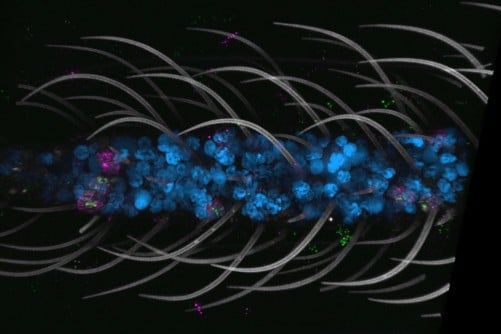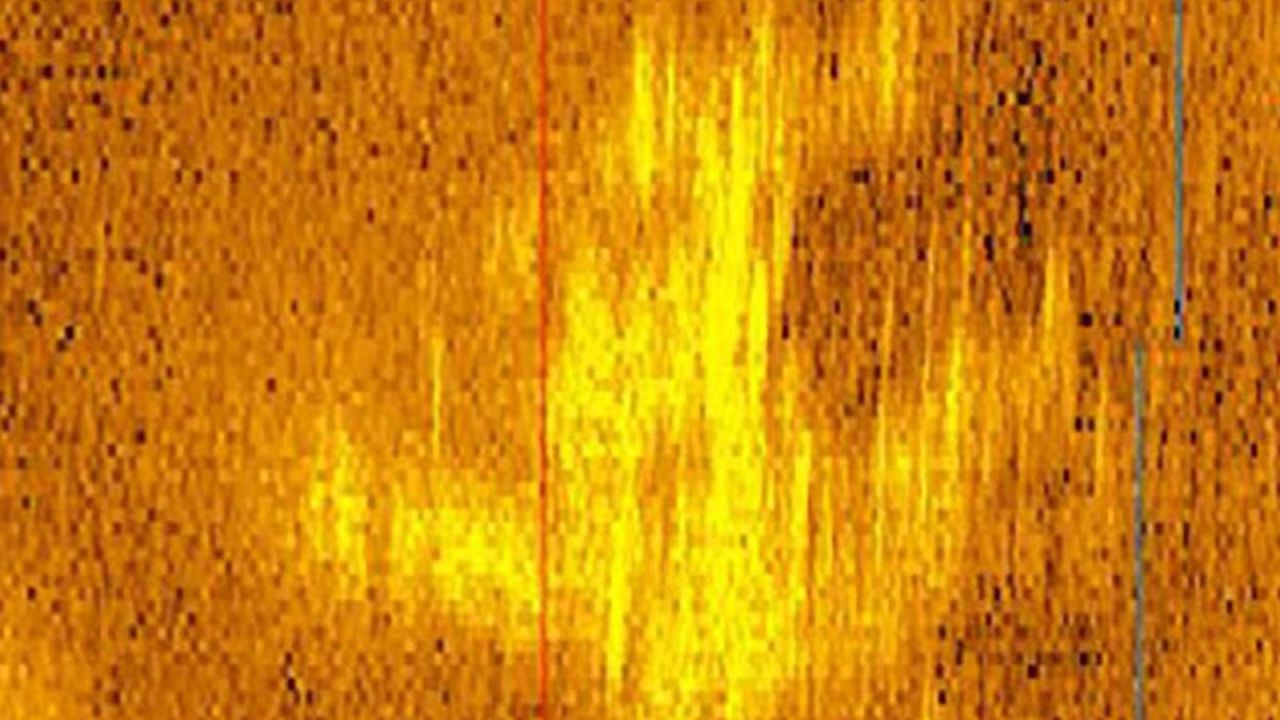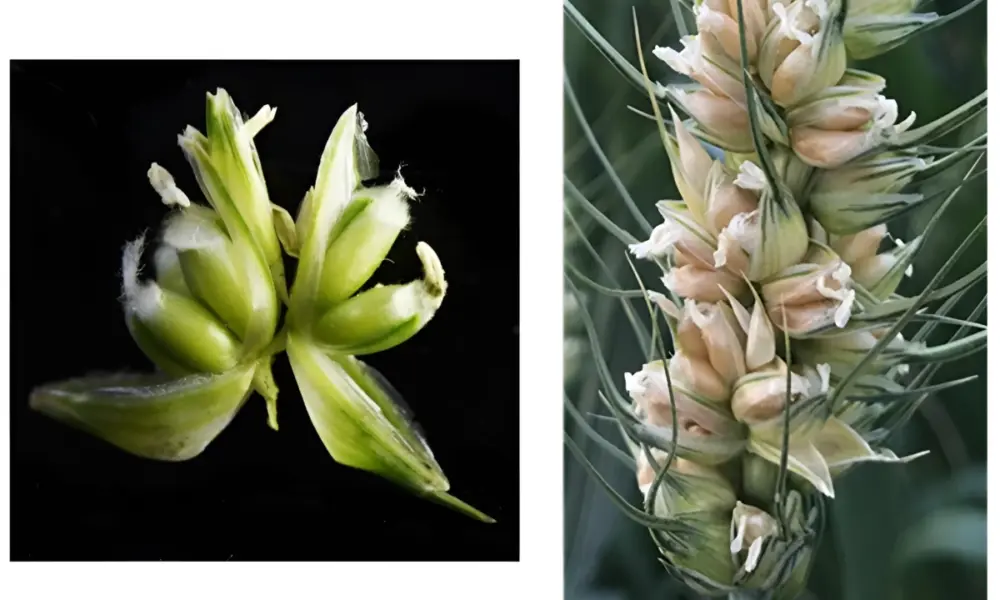Researchers at Rockefeller University have developed the first comprehensive cellular atlas of the Aedes aegypti mosquito, a species known for transmitting numerous diseases, including dengue and Zika. This groundbreaking study, published in the journal Cell, offers unprecedented insights into the mosquito’s cellular structure and gene expression across all its tissues.
The initiative, led by the university’s Laboratory of Neurogenetics and Behavior, involved collaboration with mosquito experts worldwide. The resulting Mosquito Cell Atlas provides a detailed cellular-level map of gene expression, spanning from the antennae to the legs. The dataset is openly accessible to researchers and the public, aiming to enhance understanding and control of this notorious vector.
According to lab head Leslie Vosshall, who has dedicated nearly two decades to studying Aedes aegypti, this atlas represents a significant achievement. “This is a comprehensive snapshot of what every cell in the mosquito is doing as far as expressing genes,” Vosshall stated. “We profiled so many different types of tissues in both males and females.”
Insights into Mosquito Biology
The atlas has already revealed vital information about the genetic makeup of Aedes aegypti, including the discovery of novel cell types and unexpected similarities and differences between male and female mosquitoes. One notable finding is the drastic changes in gene expression within the female mosquito’s brain following a blood meal.
Senior author Nadav Shai, a senior scientist at both Vosshall’s lab and the Howard Hughes Medical Institute, expressed optimism about the potential for new research initiatives stemming from the atlas. “We believe this enormous dataset will really move mosquito biology forward,” he remarked. “It’s a great tool for vector biologists to take whatever interests them and just run with their own line of research.”
Traditionally, mosquito research has focused on isolated studies, often emphasizing female mosquitoes due to their role in disease transmission. As noted by first author Olivia Goldman, “Both females and males feed on nectar, but females need blood for protein to develop their eggs.” This focus has led to a significant gap in understanding male mosquitoes.
The research team utilized single-nucleus RNA sequencing (snRNA-seq) to compile an extensive dataset of over 367,000 nuclei from diverse mosquito tissues. This approach allowed for a comprehensive exploration of cellular biology across five major biological themes: body segments, sensation and host seeking, viral infection, reproduction, and the central nervous system.
Revolutionizing Understanding of Mosquito Behavior
Among the most striking discoveries was the identification of 69 cell types categorized into 14 major groups, many of which were previously unknown. The research highlighted the prevalence of polymodal sensory neurons—cells capable of detecting various environmental cues, such as temperature and taste. This finding underscores the mosquito’s ability to effectively locate hosts and food sources.
“Just like the antennae and maxillary palps, the legs and mouth parts have really powerful tools for sensing the world,” Shai explained. The ability to taste sweetness with their legs may aid in locating sugars essential for both male and female mosquitoes.
The study also examined how feeding affects female mosquito behavior, particularly their drive to seek hosts. Vosshall noted, “We knew from previous research that the brain transcripts change after blood feeding.” The team tracked gene expression in female mosquito brains at intervals of 3, 12, 24, and 48 hours post-feeding, revealing significant changes that peaked shortly after feeding and then gradually declined.
Surprisingly, while neurons constitute approximately 90% of mosquito brain cells, it was the glial cells—accounting for less than 10%—that underwent substantial shifts in gene expression during this period. “That was a big surprise,” Shai said, emphasizing the importance of glia in supporting brain function and behavior.
The research also highlighted limited sexual dimorphism in the cellular makeup of male and female mosquitoes. Despite observable differences in morphology and behavior, most cells exhibited similar characteristics. “In general, most cells look the same, and the transcripts they express are similar,” Shai noted.
Future Research Possibilities
The implications of this atlas are far-reaching, promising to inspire a new wave of research into mosquito biology. The Vosshall lab plans to delve deeper into behavioral studies, particularly focusing on how Aedes aegypti perceives its environment through its extensive sensory neuron network.
Shai expressed enthusiasm about the atlas’s potential: “The sheer size of the dataset opens up many new avenues of research that people couldn’t study before because they didn’t have this tool.” Vosshall echoed this sentiment, stating, “This is a global resource that has been open to everyone since the very inception of the project in 2021.”
As researchers begin to explore the vast data available in the Aedes aegypti Mosquito Cell Atlas, the scientific community anticipates a multitude of discoveries that could ultimately aid in combating the diseases spread by this formidable insect.







